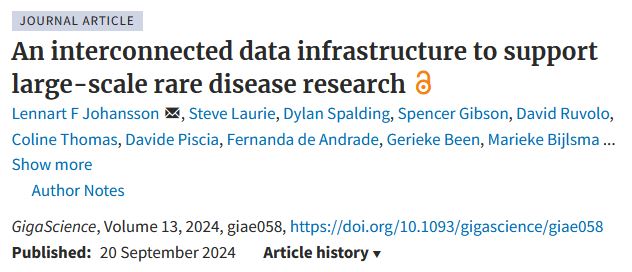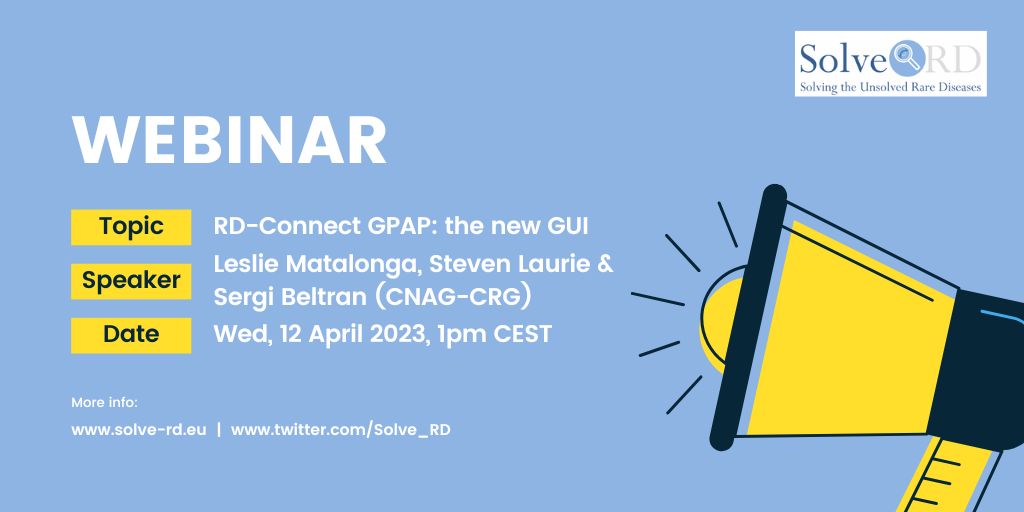Solve-RD paper on our interconnected data infrastructure is out!
Over the past five years, an ambitious collaboration has unfolded across 51 research institutes in 15 European countries. This effort, part of the Solve-RD project (HORIZON 2020 grant number 779257) and led by the University of Tübingen, aimed to unlock genetic diagnoses for patients with rare diseases who had reached the end of their diagnostic journey without answers.
At the heart of this project lies an extraordinary achievement: over 818 terabytes of data from more than 19,000 experiments were produced and reanalyzed, and securely stored at the EMBL-EBI European Genome-Phenome Archive (EGA). The data, contributed by six European Reference Networks, were combined with thousands of additional novel omics datasets, all processed and analyzed using cutting-edge and customized methods.
The backbone of this ambitious project was an interconnected data infrastructure that bridged existing components seamlessly. Participating centers submitted their data to the RD-Connect Genome-Phenome Analysis Platform (GPAP), hosted by the Centro Nacional de Análisis Genómico (CNAG) in Barcelona, where the data could also undergo advanced analysis. A high-performance computing cluster, or Sandbox, at the University Medical Center Groningen (UMCG) provided a testing ground for data analysts to explore and apply novel, best-in-class tools.
To ensure comprehensive tracking and discovery, cases were managed using the MOLGENIS RD3 database and Café Variome Discovery Nexus, developed by the UMCG and the University of Leicester, respectively. The integration of Beacon technology and a connection to Matchmaker Exchange further enhanced the discoverability of Solve-RD datasets, facilitating crucial patient matchmaking.
The innovative infrastructure and findings from this project are detailed in a recent paper published in GigaScience (https://doi.org/10.1093/gigascience/giae058) , showcasing the power of collaboration in pushing the boundaries of rare disease research:
Lennart F. Johansson, Steve Laurie, Dylan Spalding, [...] Sergi Beltran, Morris A. Swertz, Anthony J. Brookes, and Solve-RD consortium. An interconnected data infrastructure to support large-scale rare disease research. Gigascience. 2024 Jan 2:13:giae058. doi: 10.1093/gigascience/giae058.


